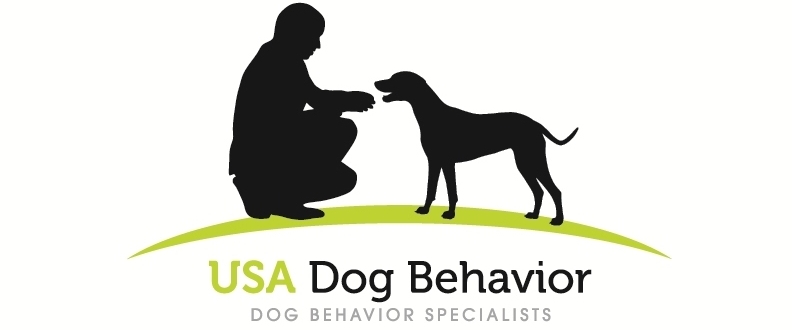Why do people abuse dogs?
©Scott Sheaffer, CDBC, CBCC-KA, CPDT-KA, USA Dog Behavior, LLC
No one likes to talk about it, but dogs are routinely and intentionally abused. Who does this? How are these dogs abused? How can you tell if a dog is abused?
Who is most likely to commit animal abuse?
You will not be surprised to learn that the majority (71% according to one survey) of purveyors of domestic violence also abuse pets.
There is an axiom in human psychology that says, “hurt people, hurt people”. If we apply this to dogs, animal abuse is commonly committed by individuals who have been physically and/or mentally abused themselves. This is known as the “cycle of violence”.
The majority of intentional dog abuse occurs by men under 30 years of age. Is there any surprise that many dogs are fearful of men?
Most abuse seen in hoarding cases is by women over 60 years of age.
A study found that 88% of homes that were under investigation for child abuse also had instances of animal abuse.
“None of us can fix all of the suffering that some of our canine friends have to endure…”
What kind of dog abuse is most common?
Hoarding is a common type of canine abuse. These individuals add one dog at a time until they find themselves with 25+ dogs living in a detestable environment. These individuals frequently don’t understand they have crossed a threshold and are in need of professional help themselves. I worked with an individual recently who had 38 dogs and didn’t realize she was a hoarder; she was not running a rescue. Needless to say, the care she was providing these dogs was substandard. I am currently working to get the dogs, and her, some help.
As hard as it might be to believe, dogfighting is still commonly practiced. The things done to dogs by those who promote dogfighting are literally horrifying. It is almost impossible to believe that many dogs rescued from dogfighting rings can be placed in homes and live in peaceful harmony with people. God bless the people that perform these kinds of rescues and God bless the dogs.
There are a lot of angry people in the world. “Anger abuse” is done to dogs as a cathartic act that makes the angry person feel momentary relief from his or her rage. A common expression that is symbolic of this kind of unhealthy behavior is “kicking the dog”.
I am sad to report that a lot of abuse is done by “dog trainers” who use physical punishment. I get extremely frustrated by “dog trainers” who use shock collars, prong collars and other forms of physical punishment in the name of “training”. It sickens me how many times I follow up after these impostors who pretend to understand dog behavior. These dogs are brought to me with an increased fear of humans and sometimes show the physical injuries caused by their “training” methods.
Puppy mills not only provide inhumane environments for the dam, sire and puppies, but they are highly irresponsible in their breeding practices and early socialization of puppies.
How can you tell if a dog is abused?
A filthy, matted or physically injured dog is a telltale sign.
The dog is not provided food or water and is well below optimum weight.
No provision for shelter from the elements including the sun and temperatures below 60 degrees. Dogs’ skin will sunburn and blister if overly exposed to the sun.
The dog is chained or roped in a small area where there is nothing but mud and feces.
The dog’s collar has become embedded in his or her neck.
There are way too many dogs on one property - this is evidence of hoarding.
An owner or family that physically strikes or otherwise hurts a dog is an obvious example of abuse.
When you witness dog abuse, it needs to be reported. Almost all municipalities have an animal services department that can be notified. If you see violent abuse to a dog, you can call 911 to report it since this kind of abuse is frequently accompanied by violence to family members. The most important thing you can do in animal abuse cases is provide information - photo and video evidence are extremely helpful to law enforcement and animal services.
None of us can fix all of the suffering that some of our canine friends have to endure, but we can surely step up and intervene for abused dogs when we see it.

